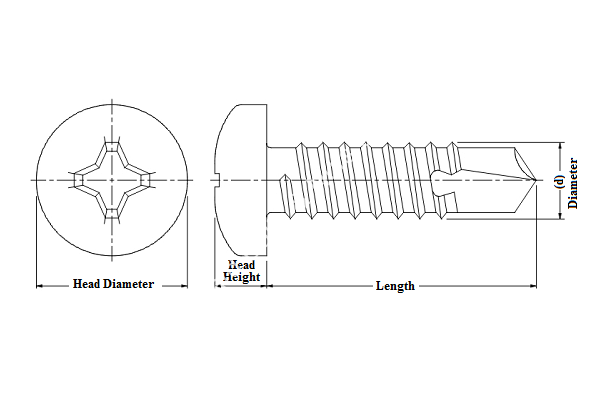Comparing Cost-Effective Beveled Washers to Flat Washers for Various Applications
When it comes to hardware and construction, the choice between beveled washers and flat washers can significantly impact the performance and longevity of an assembly. Understanding the differences between these two types of washers is essential for engineers, builders, and DIY enthusiasts alike.
Flat Washers A Simple Utility
Flat washers are among the simplest and most commonly used types of washers. They are designed as flat discs with a hole in the center, which allows them to be placed under a nut or bolt head. Their primary function is to distribute the load of the fastener over a larger surface area, thereby reducing the risk of damage to the material being fastened. By preventing the nut or bolt from digging into the material, flat washers protect components and reduce wear over time.
Flat washers are available in various materials, including steel, stainless steel, plastic, and rubber, making them a versatile choice for multiple applications. They are cost-effective and easy to obtain, which is why they are often referred to as “cheap washers.” Their straightforward design allows for quick installation and removal, making them ideal for both permanent and temporary assemblies.
Beveled Washers Specialized Functionality
On the other hand, beveled washers, also known as bevel washers or conical washers, have a unique design that sets them apart from their flat counterparts. These washers are shaped like a cone, with a sloped surface that allows them to fit snugly into countersunk holes. This design is particularly effective in applications where a flat surface is needed or when dealing with angular connections.
cheap beveled washer vs flat washer

Beveled washers can provide a tighter seal, making them advantageous in situations involving vibration or movement. They are often used in applications where a secure fit is crucial, such as in automotive assemblies or heavy machinery. The added surface area created by the sloped design helps to improve load distribution, reducing the risk of loosening and ensuring a more stable connection over time.
Cost Considerations
While flat washers are typically less expensive, beveled washers often come at a higher cost due to their specialized design and the manufacturing processes involved. However, choosing the right type of washer should not solely depend on price. Considerations such as the nature of the application, the environmental conditions, and the specific requirements of the assembly should play a significant role in decision-making.
Conclusion
In conclusion, both beveled washers and flat washers have their place in the realm of construction and assembly. Flat washers offer a cost-effective and versatile solution for basic applications, whereas beveled washers provide the specialized functionality needed for more demanding environments. Ultimately, the choice between these two types of washers should be guided by the specific needs of the project at hand. By carefully considering the benefits and applications of each type, one can ensure that the assembly is secure, durable, and effective.
-
Top Choices for Plasterboard FixingNewsDec.26,2024
-
The Versatility of Specialty WashersNewsDec.26,2024
-
Secure Your ProjectsNewsDec.26,2024
-
Essential Screws for Chipboard Flooring ProjectsNewsDec.26,2024
-
Choosing the Right Drywall ScrewsNewsDec.26,2024
-
Black Phosphate Screws for Superior PerformanceNewsDec.26,2024
-
The Versatile Choice of Nylon Flat Washers for Your NeedsNewsDec.18,2024










